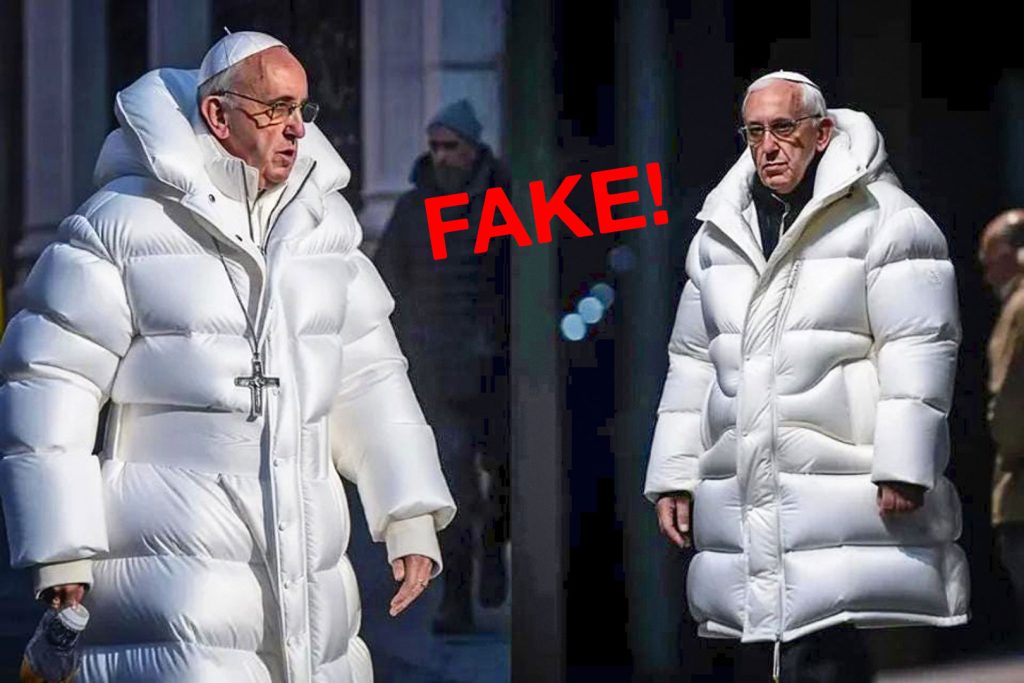Deepfake technology challenges what is real

A “deepfake” of the Pope in a puffer jacket, designed in the AI application Midjourney, went viral last month. He never really wore this jacket.
The use of deepfake technology is on the rise throughout the internet. With the click of a button, just about anyone can put your face on an Olympic runner in action or make it appear as if an alligator is sitting in first class on an airliner.
Deepfake is used to describe computer-generated images, video and audio meant to be high enough quality to be convincingly genuine and legitimate. Deepfake production uses artificial intelligence and machine learning to produce realistic – but fake – media. The term “deepfake” is a portmanteau of computer “deep-learning” and “fake.”
The implications for using the technology for nefarious purposes are clear: bad actors could edit security camera footage to change the appearance of a criminal caught on video or produce misleading video from elected officials that appear and sound authentic.
Often these images and videos are shared on social media and produce genuine outrage before their true natures are revealed. Last month, an image of Pope Francis in an elaborate winter jacket convinced many people the Vatican had overspent on papal attire.
As consumers of all things on the internet face increasing uncertainty about what information is true, it is perhaps the perfect time to remember an old adage: trust, but verify. For deepfake incidents of significant size, fact-checking website Snopes.com is providing explanations and verification of media.
By Bear Rothe; courtesy photo